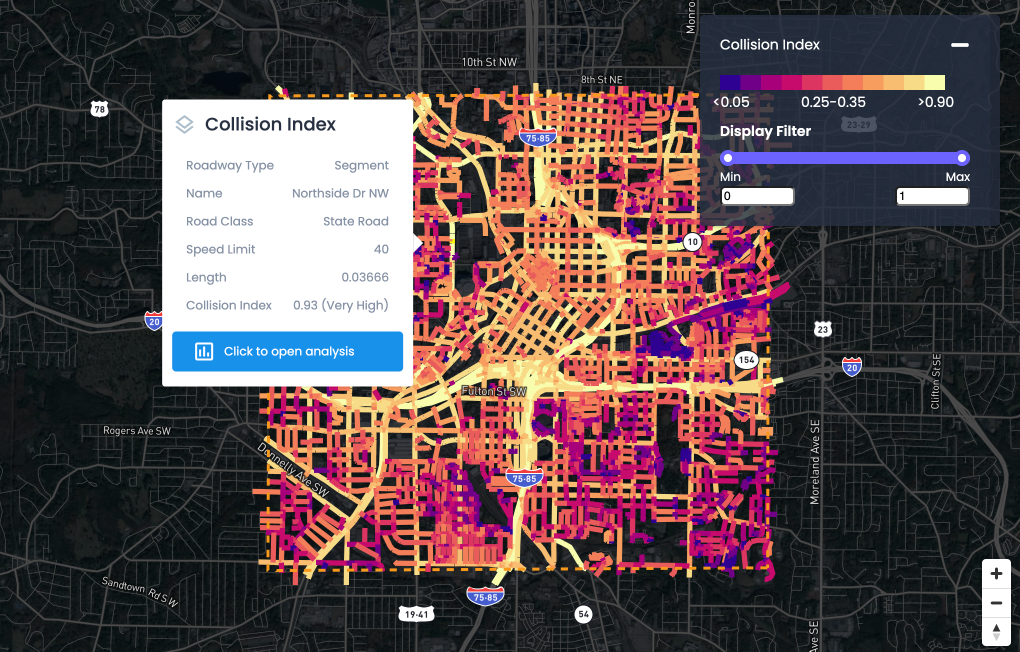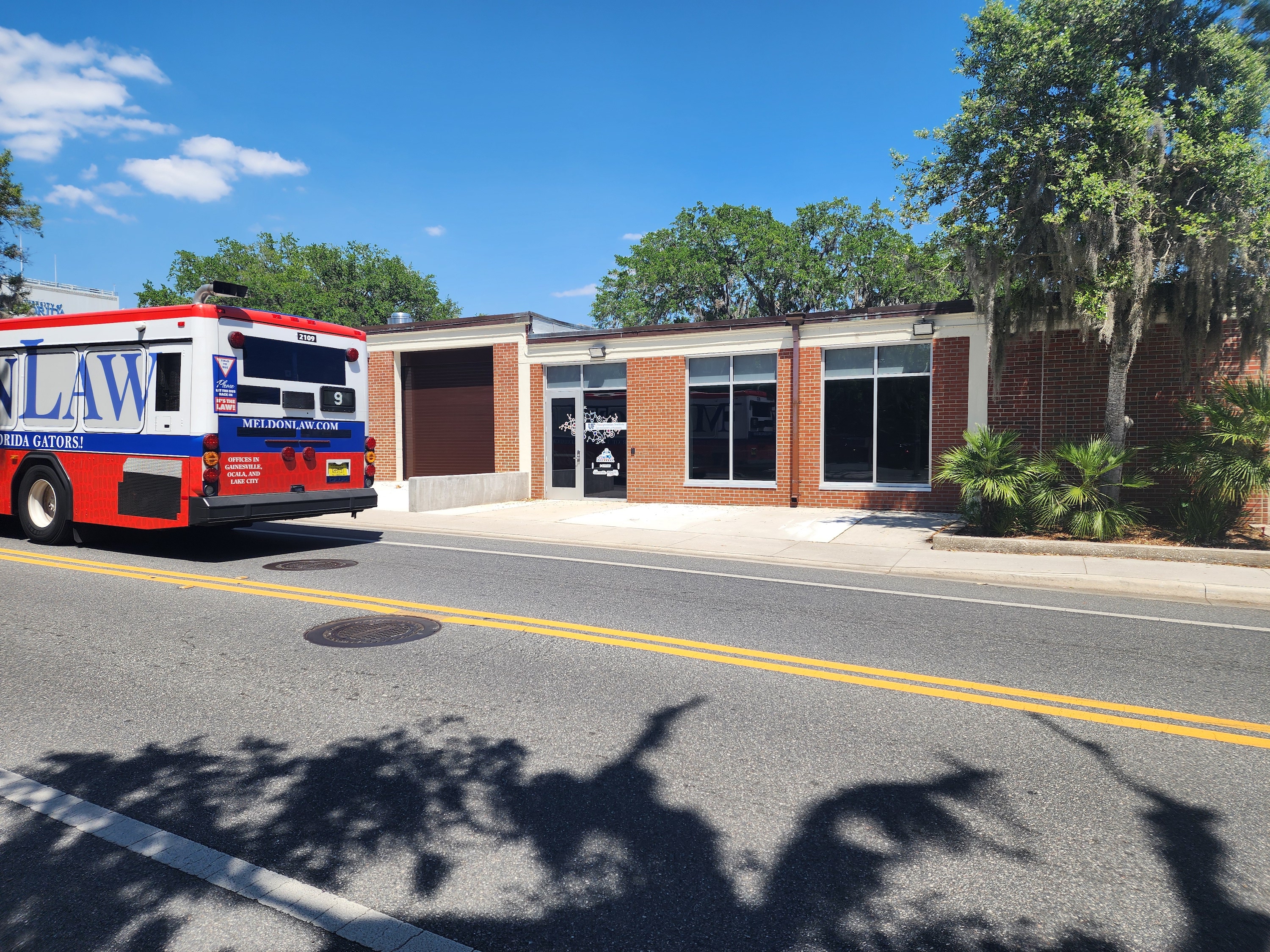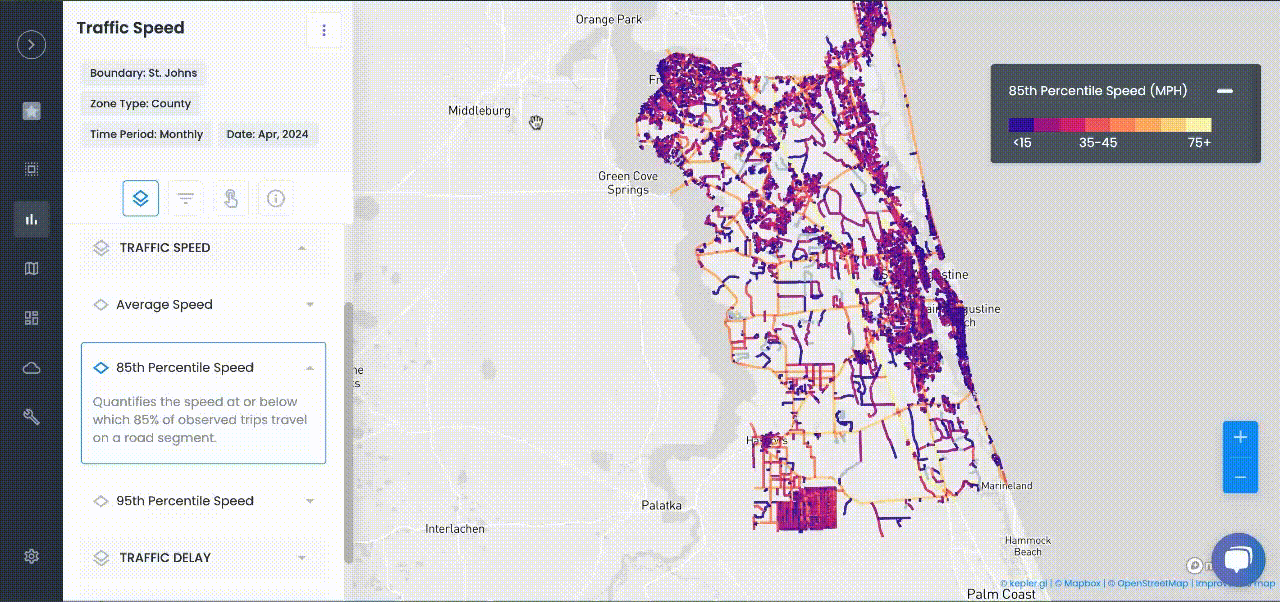
Articles
How Complete Streets and Safe Systems Approaches will Deliver Vision Zero
Planning evolutions like Complete Streets and Safe System approaches are necessary in helping communities reach Vision Zero.
Planning evolutions like Complete Streets and Safe System approaches are necessary in helping communities reach Vision Zero.
About a decade ago, cities across the country began adopting Vision Zero goals for their transportation departments, promising to undertake planning, designing and building new or modified infrastructure to make the streets of their cities safe for everyone.
Specifically, they sought to reduce the number of pedestrians and cyclists killed in crashes to zero, hence the name.
Safe System approaches
The Department of Transportation adopted a National Roadway Safety Strategy in 2022, making zero roadway deaths a goal of the department. “Zero is the only acceptable number of deaths and serious injuries on our roadways,” Secretary Pete Buttigieg wrote in the introductory letter for it, making Vision Zero a natural component of the plan.
Vision Zero plans focus on redesigning streets to slow cars down, since vehicle speed is one of the biggest factors in fatal crashes. They do this by reducing the number of lanes and their width, as well as by using things like raised crosswalks, which slow cars like speed bumps and make pedestrians more visible.
The department’s strategy goes beyond design and takes what they described as a “Safe Systems” approach, which includes encouraging better behavior, making vehicles safer, enforcing lower speeds and improving medical care for people injured in crashes.
Updated safety planning
Historically, roadway safety involved multiple wide lanes, separating different routes and removing obstacles from the sides of roads.
Trees would not be allowed along roads, buildings would be set back, barriers were erected between directions and instead of intersections, roads had interchanges or were built with elevated or subterranean sections.
At the most extreme, these were limited access highways; but numerous streets and roads were built with all or some of the features. To an extent, this worked to make roads safer — albeit for people in cars.
If you are driving at 65 mph, these features help keep you safe because they limit the number of things as driver needs to pay attention to at speed and gives them plenty of notice of things; an unobstructed view ahead to compensate for reduced reaction time and space so vehicles can remain outside their braking distances.
However, on roads that aren’t highways, and on highways that are actually being used, these measures look more like throughput than safety.
The trouble is that roads have a design speed, and engineers used to believe that they were safest if the design speed was targeted over the speed limit. Their reasoning: some people will always drive over the speed limit, but designing for a higher speed encourages more people to drive at that speed because it seems safe.
Moreover, roads designed for higher speeds are completely unsuited to being shared with pedestrians and cyclists. They are barely capable of being safely crossed by them.
Complete streets and Vision Zero
For safety, streets need to be for everyone, not just fast cars.
This can be accomplished, in part, with complete streets, a design methodology based around safety for all.
Complete streets slow cars, make space for cyclists, and prioritize moving people rather than vehicles.
Protected bike lanes, bumped out sidewalks, narrower travel lanes and other design elements are used to slow cars and make driving, walking and cycling safer.
One of the more interesting findings is that complete streets actually have faster moving traffic than a fast highway-esque road.
A similar method is from the Netherlands, which uses the concept of the woonerf, or living street. These focus on elements like street trees, narrow roadways, and a lack of signs, signals and markings. There are no sidewalks or bike lanes, thus creating streets where pedestrians and cyclists have free rein over the whole road. And still cars can go on it. The design, lack of signage, and people all help force the cars to proceed slowly and cautiously.
A safer future
Road safety has come a long way from the days when the emphasis was on individuals and enforcement.
There is a growing understanding that roadway deaths and injuries are neither inevitable nor, strictly speaking, “accidents” but can be prevented with better design.
The Safe Streets program by USDOT could help give the political push, funding, and impetus for cities to move their plans to action.

NEWS
Recent Announcements
See how public sector leaders succeed with Urban SDK.

Company News
Urban SDK Joins Government Technology’s AI Council to Help Shape the Future of AI in the Public Sector
We’re proud to announce that Urban SDK has officially joined the AI Council, part of Government Technology’s Center for Public Sector AI

Company News
Collision Index: Proactive Traffic Safety Powered by AI
Communities now have another layer of road safety thanks to Urban SDK’s Collision Index

Customer Stories
University of Florida Transportation Institute Partners with Urban SDK to Expand I-STREET Program
Urban SDK and the University of Florida have partnered to expand the university's I-STREET Program
WEBINAR
Identify speeding and proactively enforce issues
See just how quick and easy it is to identify speeding, address complaints, and deploy officers.
